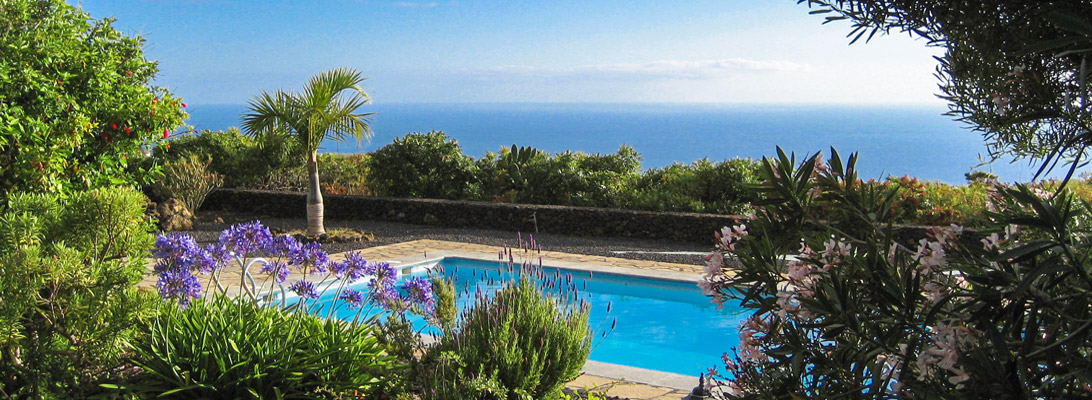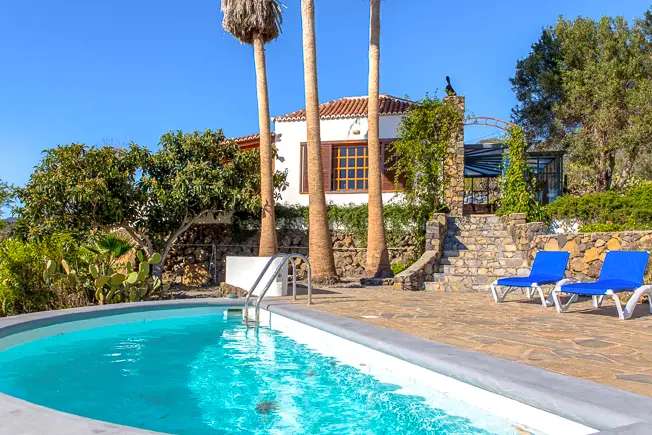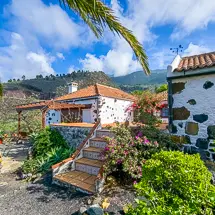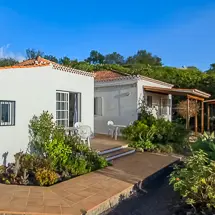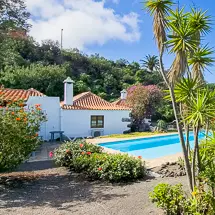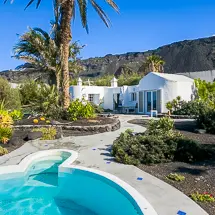In the middle of the 19th century, returning Palmeros from Cuba introduced tobacco cultivation and the art of cigar manufacturing to La Palma. The last tobacco factory of La Palma in El Paso was closed in 2000. On the Finca El Sitio in Breña Alta every single step in the production of hand-rolled puros palmeros can be visited on a guided tour.
From Tobacco to Cigar Puro
After the tobacco harvest in October, the tobacco leaves are dried for 45 days and then fermented. Only in the course of this process does the tobacco acquire its characteristic aroma. The most common type of cigar is "Tripa Corta", which also contains a leaf section. The "Premium" cigar, which is only made from whole leaves, is of much higher quality. Here tobacco from La Palma is combined with tobacco from Cuba, Sumatra and Java. After the various leaves have been turned into wraps, they are placed as blanks in wooden forms and pressed. Only at the end do they receive the important wrapper. The subsequent storage at 60 to 70 percent humidity is also decisive for the final aroma of the puros.
The tobacco is cultivated on La Palma mainly in the municipality El Paso, but there are also tobacco fields, drying and fermentation rooms around the Finca El Sitio. In the Breñas and in Santa Cruz, but also at the airport, handmade loose puros can be purchased, which are said to be able to compete with those from Havana. Cigar packs are available in every supermarket.







